Climate and water: will it be too dry or too wet?
WWe can no longer ignore it: climate change affects our water management and that is an international problem. This is also evident from the most recent climate report. But what will it be: will we get wet feet or will it be too dry? And what can we do?
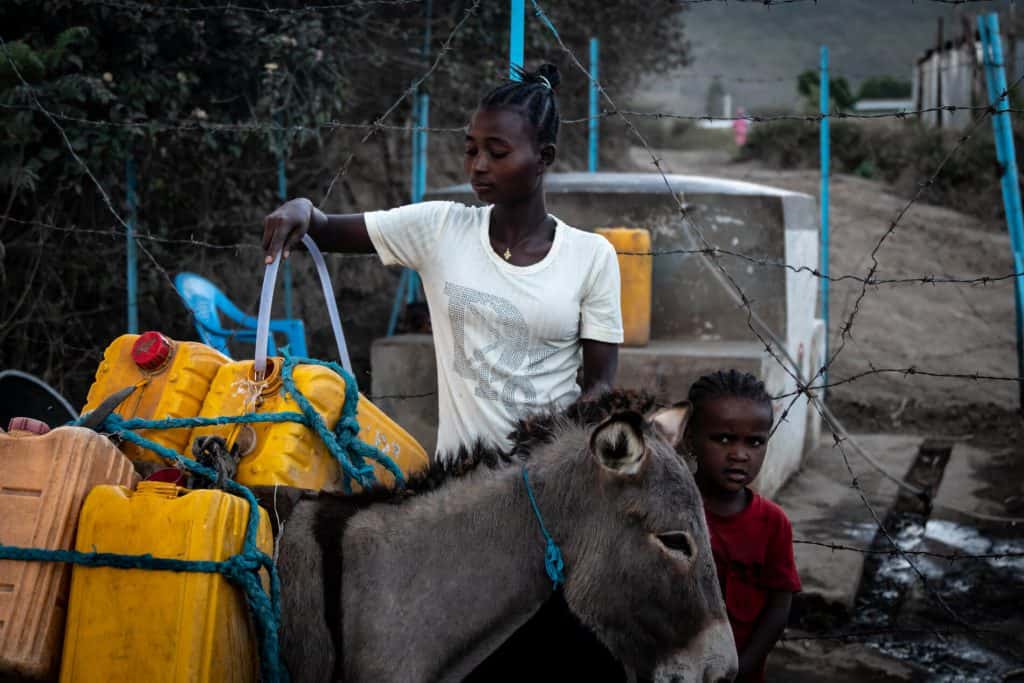
Drinking water is scarce
You would think that there is more than enough water on our planet, but freshwater is a scarce resource and drinking water even more so: 97.5% of all water on earth is too salty for consumption.
Of the remaining 2.5%, a large part is trapped in glaciers and polar ice, namely 70%. That leaves 30%, so 0.75% of the total, in the form of groundwater, swamps, permafrost and a tiny bit in rivers and lakes.
In many Western countries, water is still seen as an inexhaustible resource, but it is coming under increasing pressure due to climate change. At the same time, 703,000,000 people still do not have access to drinking water.
Clean drinking water for all
More than 700 million people still don’t have access to safe water.
We are the Made Blue Foundation and our mission is clean drinking water for all.
Will you help us achieve our mission? There are more ways to do this than you might think.
Water scarcity and climate change
Water scarcity is caused by a complex set of fluctuating, interacting human and ecological factors. Climate change is an important cause of water scarcity. The increasing periods of persistent heat is caused by global warming, leads to water sources drying out.
But climate change also leads to a rise in our sea level, causing flooding. These not only lead to dangerous situations, but also to pollution and salinization of water sources. Where it is too dry in some places, it becomes too wet in other places.
Then there is, of course, the water wastage and pollution on a large scale, which reduces the availability of clean water even more. Contrast all these problems with a growing world population and water scarcity emerges.
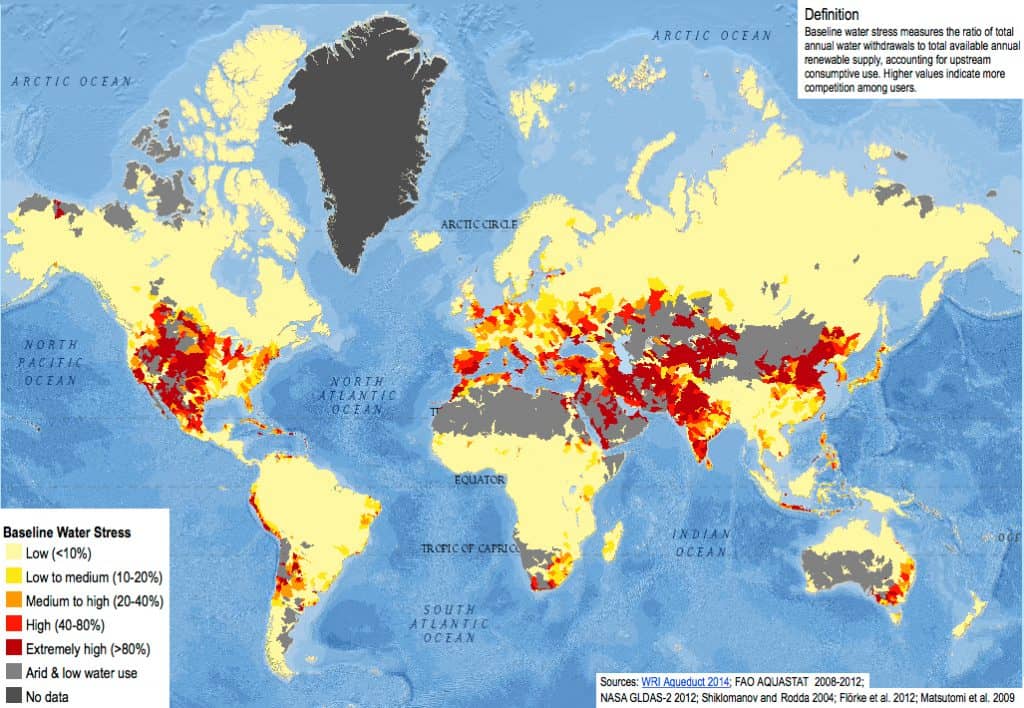
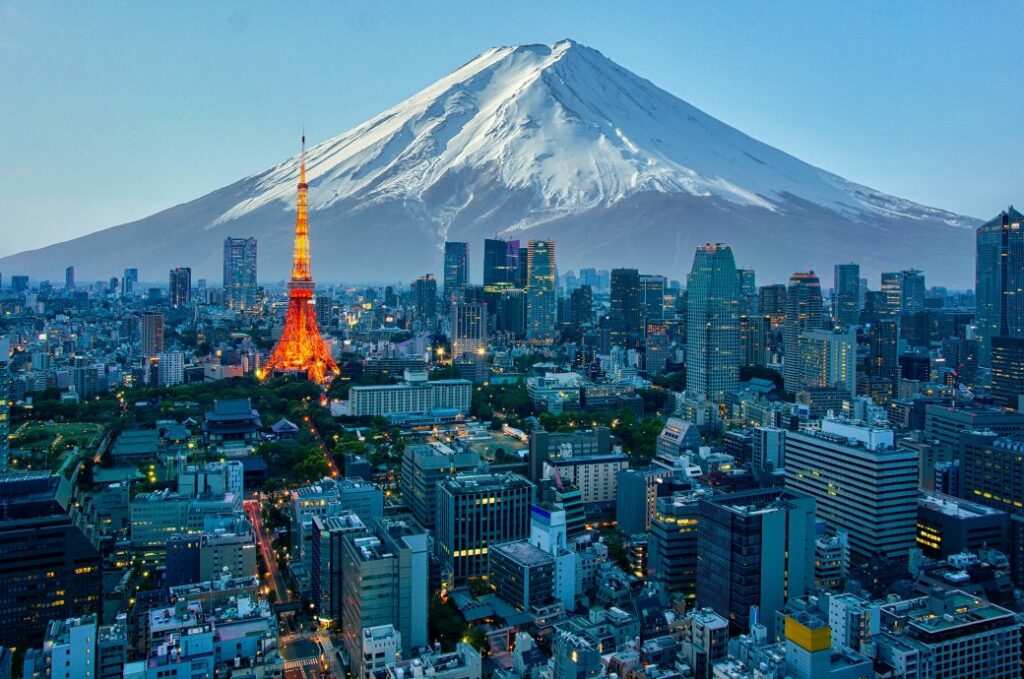
Land subsidence and sea level rise
Land subsidence is one of the major challenges in coastal areas. In most cases, this is caused by the extraction of groundwater from the area. As a result, the Netherlands has already sunk about three meters since the Middle Ages.
At present, subsidence is accelerating faster than sea level rise in many coastal areas. But the consequences are more or less comparable: more salinisation, greater risk of flooding. To halt or slow down the decline, countries must change their water supply and agriculture.
Tokyo shows that this is possible and that it quickly leads to results. Until 1975, Tokyo was the fastest declining city in the world. Since groundwater is no longer used in households and industry, the soil has not subsided.
Days without water
Unicef’s report “Thirsting for a Future” shows that 36 countries currently have an extreme shortage of water. Recently, major cities such as São Paulo (Brazil), Chennai (India) and Cape Town (South Africa) suffered from acute water shortages. Cape Town narrowly escaped Day Zero last year: no more water, not one drop, from any tap.
“In the future there will probably be more Days Zero,” Betsy Otto from American World Resource Institute (WRI) states. The WRI notes that water scarcity is highest in the Middle East and North Africa – with Qatar as absolute number one.
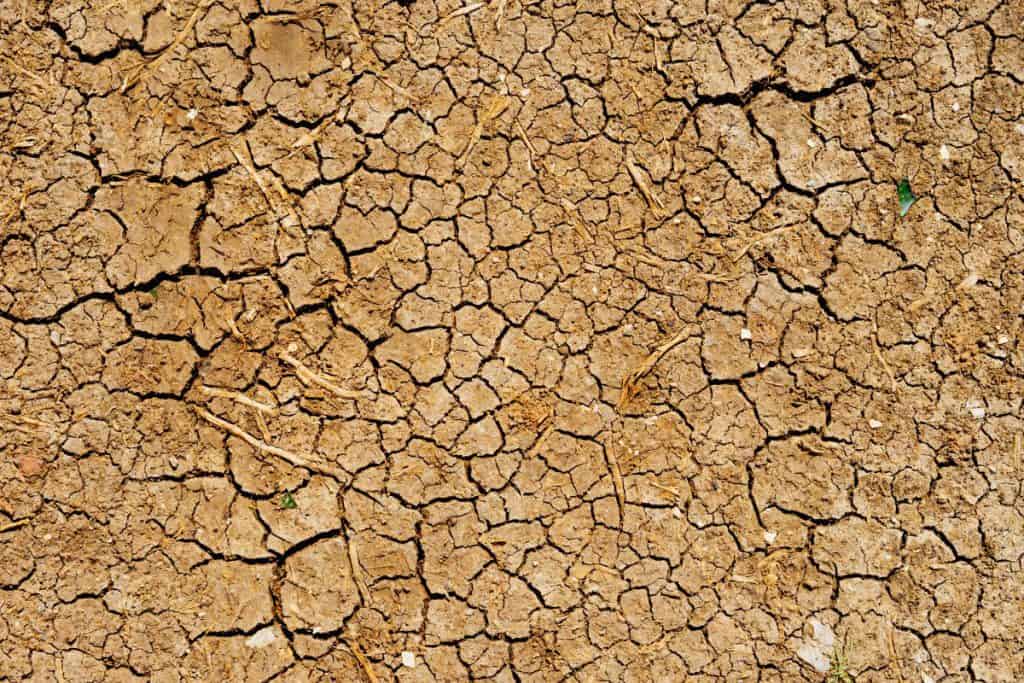
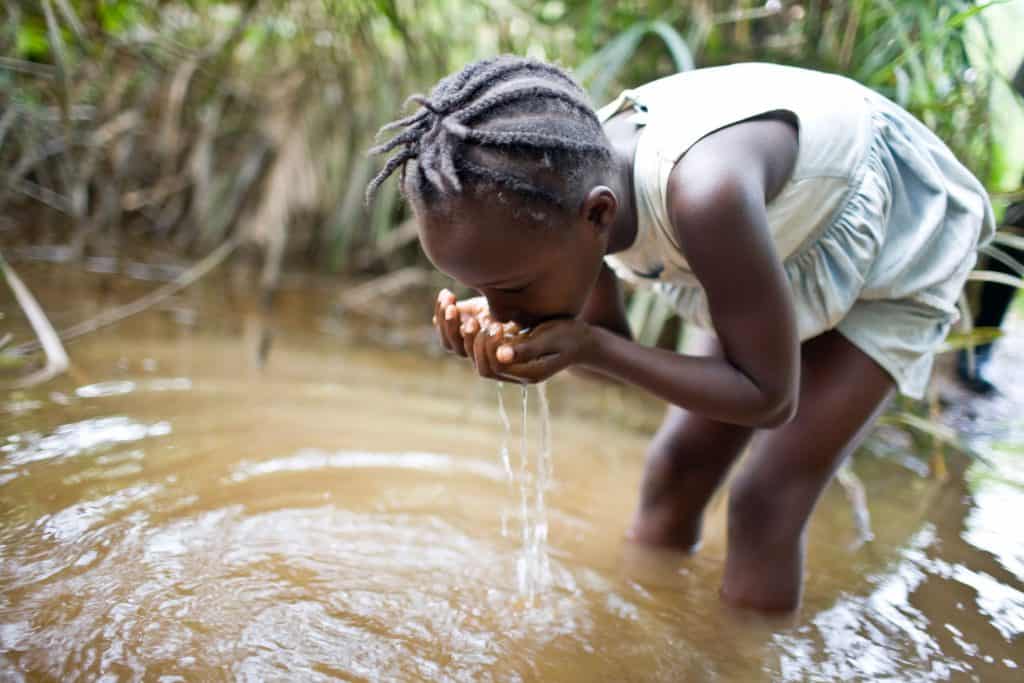
The consequences of water scarcity
Without water we can’t live. We therefore see that in areas where there is water scarcity, the population starts using polluted water. This leads to diseases such as diarrhea, worms or cholera, sometimes even resulting in death. Although diarrhea sounds quite harmless to us, it is still the number 1 cause of death among children under the age of 5 in developing countries.
In 2021, 800,000 people died as a result of polluted water. This mortality is insidious and less visible than a major flood, but it does claim many more victims.
But water scarcity also indirectly leads to poverty. After all, you cannot go to school or work when you (serioulsy) ill. This is affecting mainly women and young girls, who are mostly in charge of fetching water.
Conflicts over water
Another problem that arises in areas: where there is water scarcity, there is also the threat of conflicts. In recent decades, Iran and Turkey have built hundreds of dams in the Middle East to meet their water needs. Other countries in the region, especially Iraq and Syria, paid a high price for this: drought, social turmoil and conflicts. The image below shows the dam under construction in Ethiopia that is causing problems for a lake in Kenya.
There are plans for 3,700 dams worldwide. They are constructed for water supply, but also for generating electricity without CO2 emissions. However, a dam changes the water dynamics in the region, but just as importantly, a dam stops the flow of sediments (sand, gravel, clay and other sediment carried by the water). This leads to increasing erosion downstream, resulting in less water being retained locally.
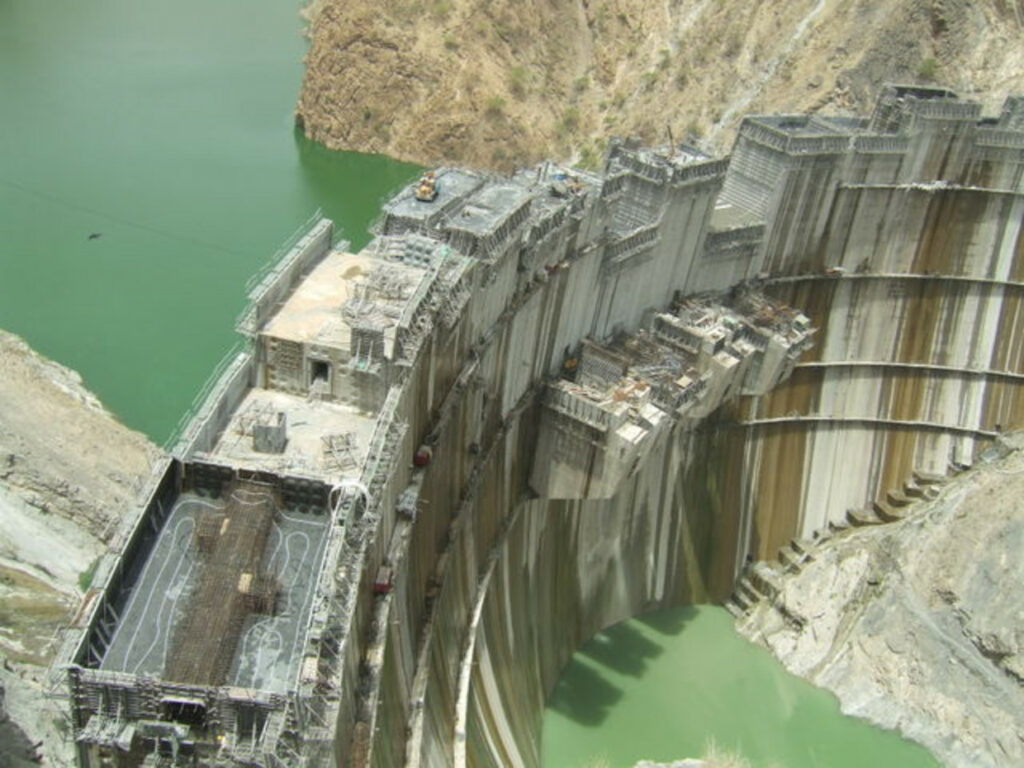
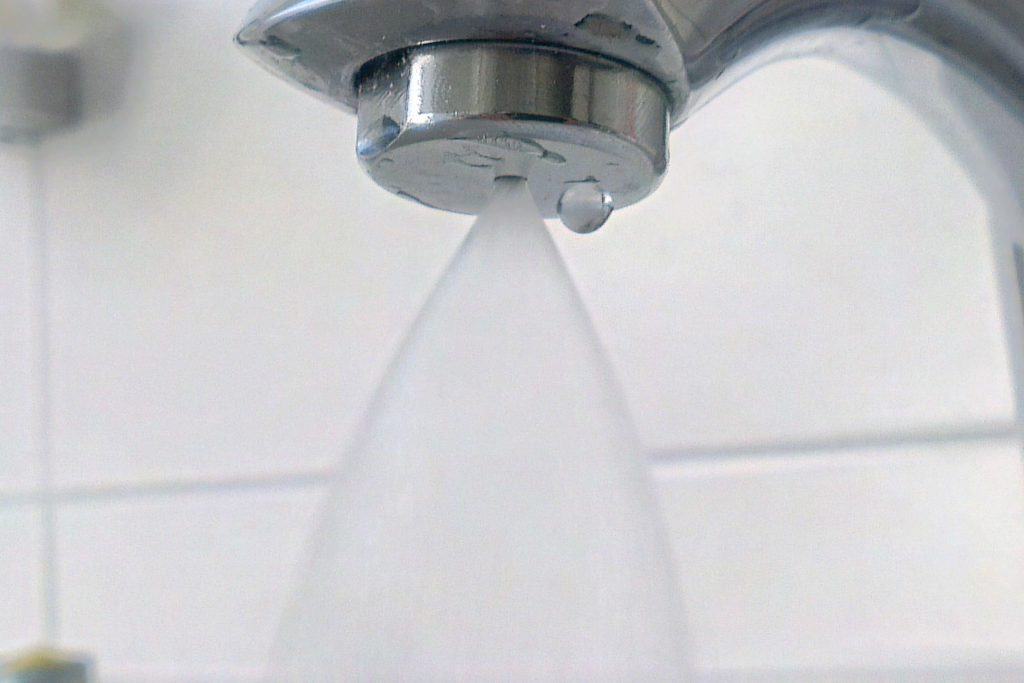
What can we do?
According to a recent report by the Netherlands Environmental Assessment Agency, almost 80% of all water in the world is used for agriculture. This is not just about food, by the way, because your cotton sweater also contains a lot of water. Innovative agricultural methods can therefore achieve significant gains in reducing water use.
And at home? Shorter showers, water-saving taps and less watering in the garden can do wonders. And did you know that a car wash uses less water than washing the car yourself? This is because the water is reused there.
Contribute to SDG 6
Access to clean water and sanitation is the sixth item on the list of the Sustainable Development Goals established by the United Nations in 2015.
We believe that in the future we will find ways to continue to meet our water needs. But we want that for everyone. That is why we are committed to helping those for whom water scarcity is already a problem today. We do this in areas where the government does not plan or is unable to install a safe water supply.
Today we start the future of tomorrow: a future with clean drinking water for everyone. And you can also contribute: as a person, with your company, your restaurant or your hotel, for example.
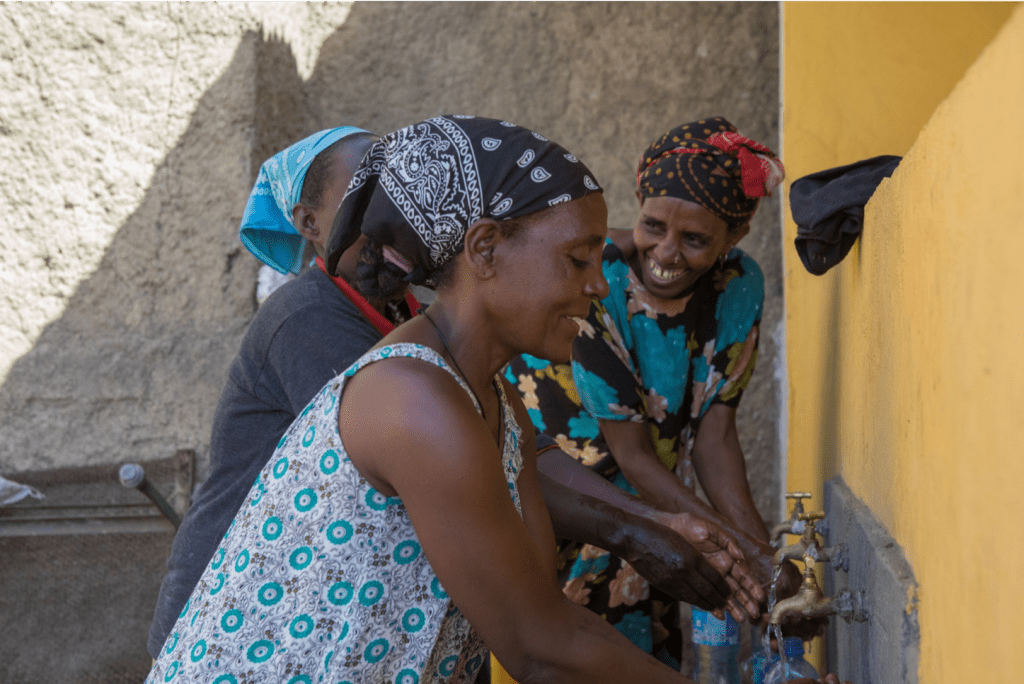
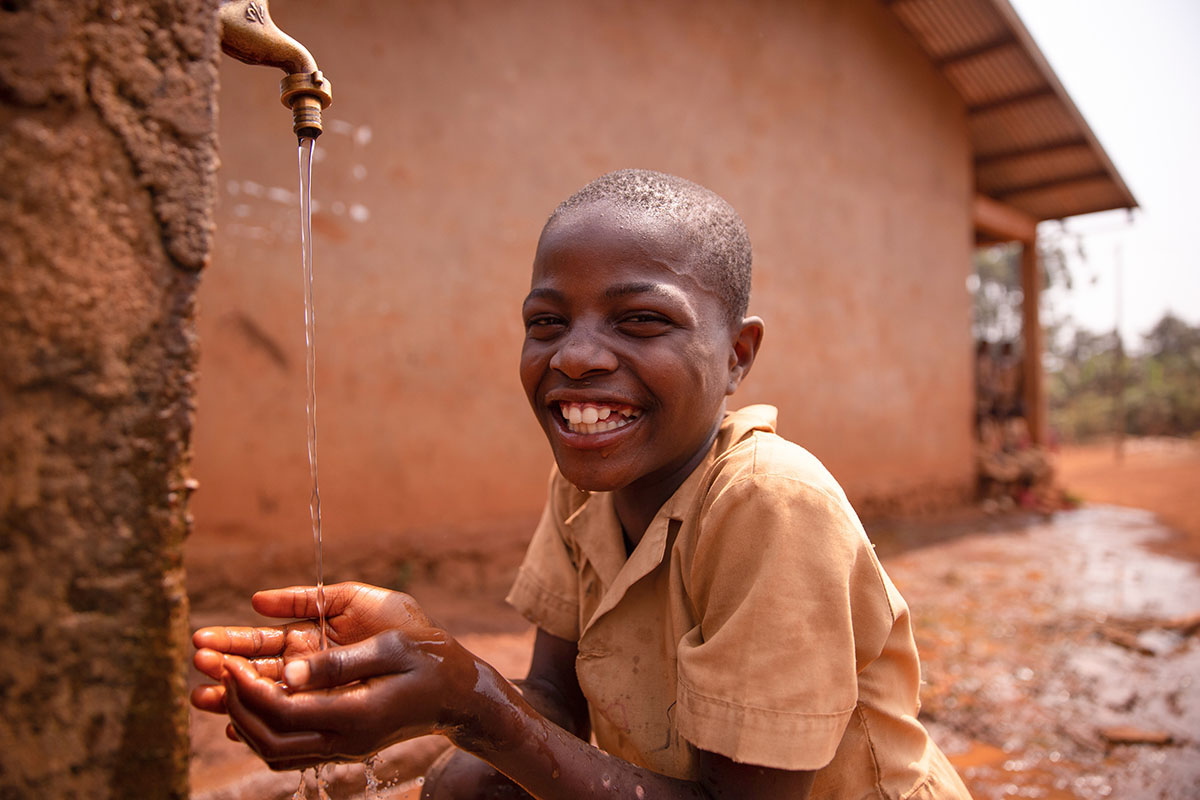
Contribute to our mission too
You can do so in more ways than you might think.